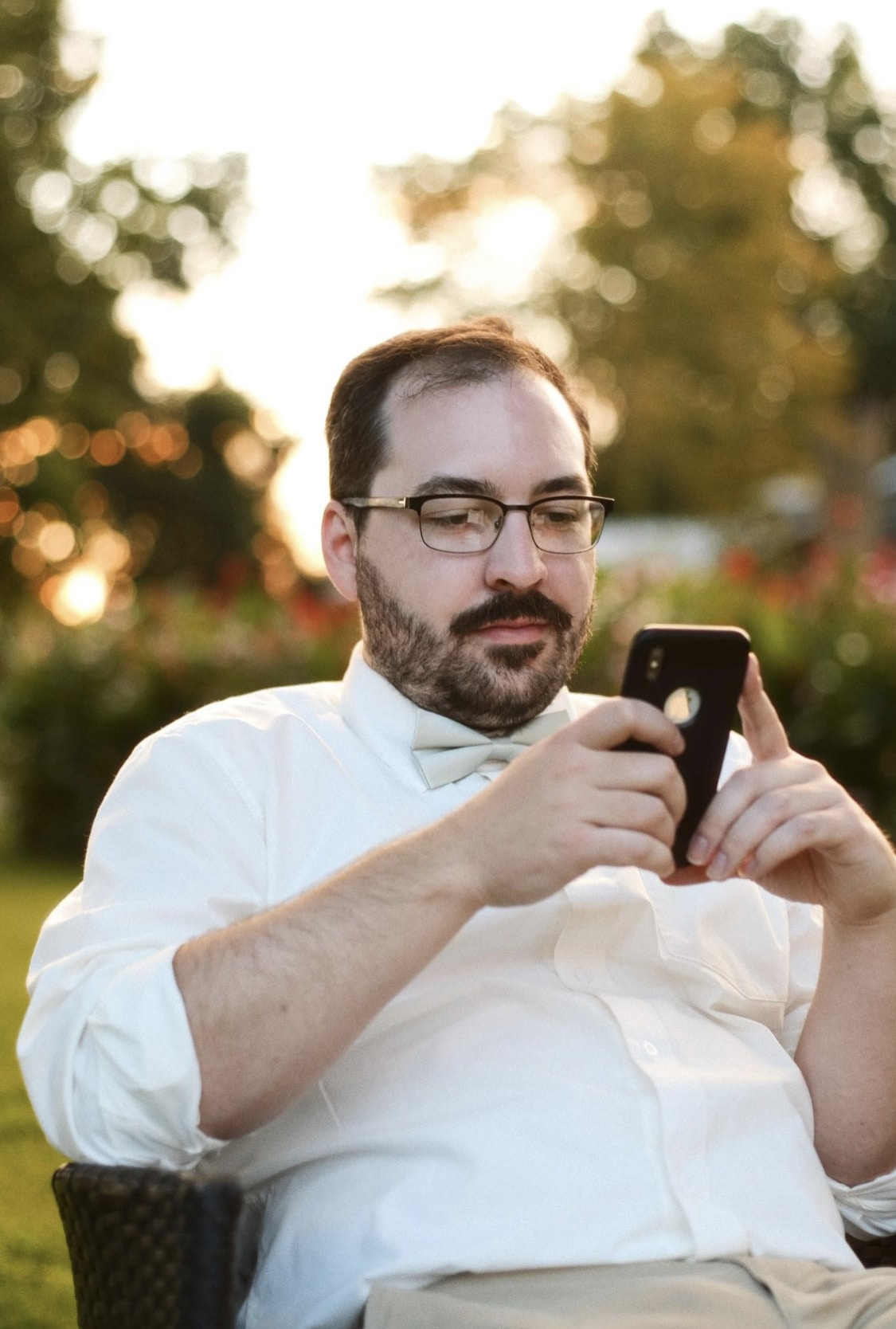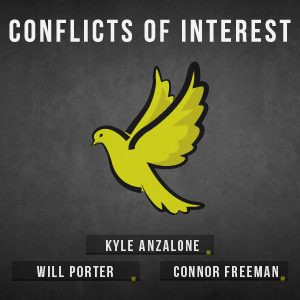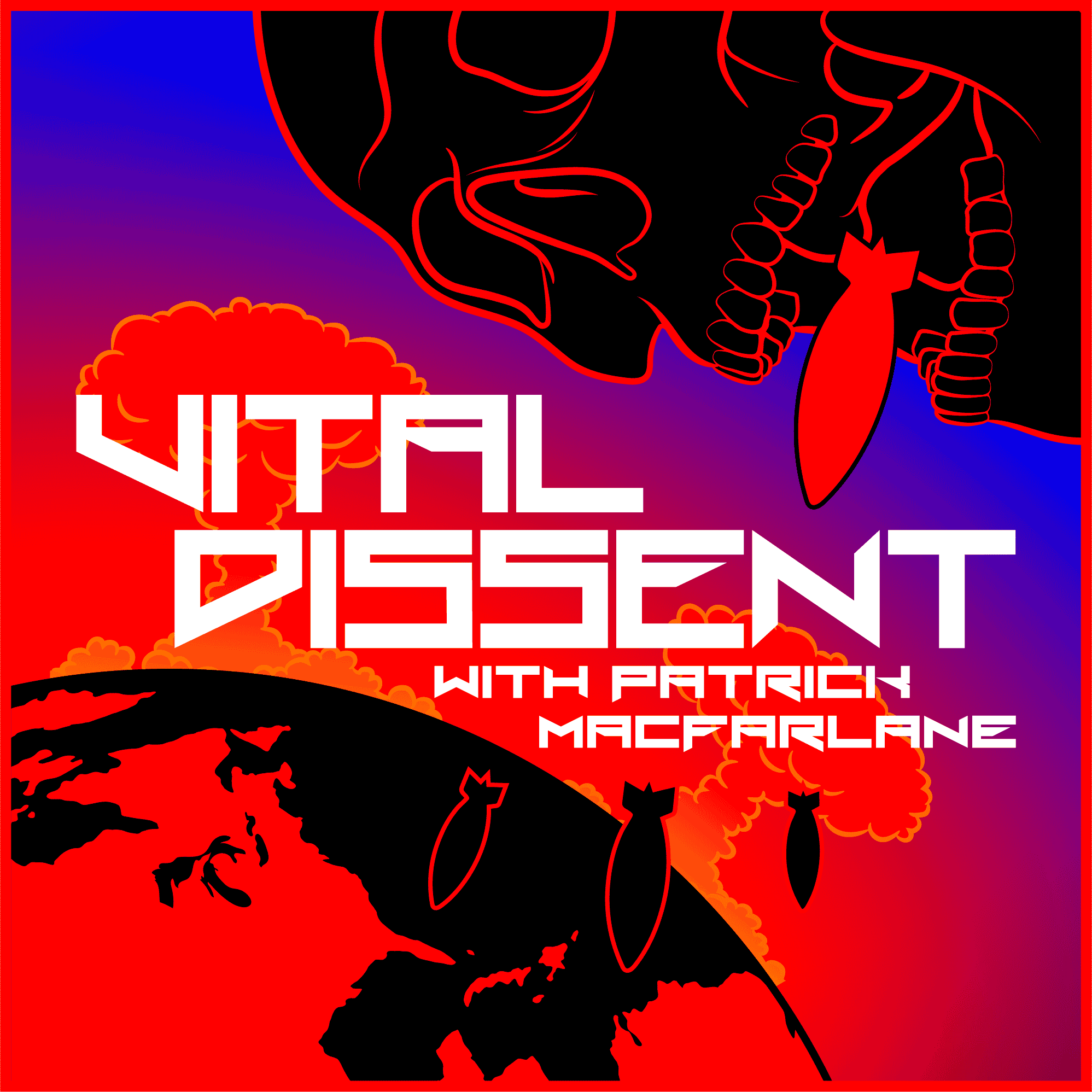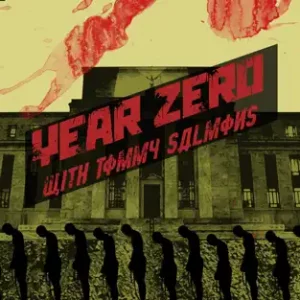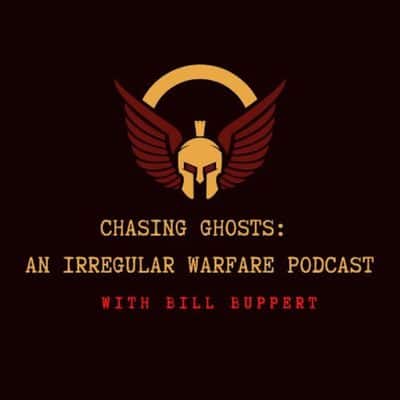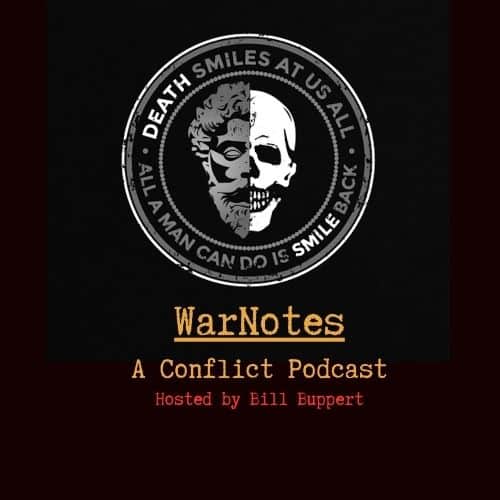This review contains spoilers for Ryan Coogler’s Sinners (2025). It is reprinted from Libertarian Institute editor Hunter DeRensis’ Letterboxd.
I never expected that I would be quoting Zora Neale Hurston in back-to-back film reviews, but her insights are too valuable for setting the scene of Sinners (2025), which takes place in a “juke joint” in Clarksdale, Mississippi in October 1932. She writes:
“Jook is the word for a Negro pleasure house…the house set apart on public works where the men and women dance, drink, and gamble…Musically speaking, the Jook is the most important place in America. For in its smelly, shoddy confines has been born the secular music known as blues, and on blues has been founded jazz.”
I’ve often thought about the way Hurston illustrates the different ways black and white people interpret and “feel” music. She describes it this way, in one of her most famous essays:
“[W]hen I sit in the drafty basement that is The New World Cabaret with a white person, my color comes…This orchestra grows rambunctious, rears on its hind legs and attacks the tonal veil with primitive fury, rending it, clawing it until it breaks through to the jungle beyond. I follow those heathen[s]—follow them exultingly. I dance wildly inside myself; I yell within, I whoop; I shake my assegei above my head, I hurl it true to the mark yeeeeooww! I am in the jungle and living in the jungle way. My face is painted red and yellow and my body is painted blue. My pulse is throbbing like a war drum. I want to slaughter something—give pain, give death to what, I do not know. But the piece ends…I creep back slowly to the veneer we call civilization with the last tone and find the white friend sitting motionless in his seat, smoking calmly. ‘Good music they have here,’ he remarks, drumming the table with his fingertips. Music! The great blobs of purple and red emotion have not touched him. He has only heard what I felt. He is far away and I see him but dimly across the ocean and the continent that have fallen between us. He is so pale with his whiteness then and I am so colored.”
The film’s opening monologue tells us there are people who can make “music so true it can pierce the veil between life and death, conjuring spirits from the past and the future…this gift can bring healing to their communities, but it also attracts evil.” These beings are known to indigenous peoples as disparate as the Choctaw, the Irish, and West Africans, the latter of whom call them griots, a real term for storytellers and the keepers of the oral tradition.
The soundtrack and musical performances in this film are spectacular, from the sublime manifestation of the spirits of black music past and future joining the blues performance by Sammie, played by Miles Caton, to the vampires’ unholy dance circle around the Irish folk tradition. The spirit, movement, and sound give visual and audial life to Hurston’s penned fervor.
Reliable Michael B. Jordan, playing the dual roles of Smoke and Stack, gives a solid performance as always, imbuing the identical twins with identifiable separate personas, and the effects are seamless. The cast standouts are Delroy Lindo as Delta Slim, who’s such an underappreciated character actor, and Jack O’Connell as Remmick, who I could not get enough of. There is no bad performance in this film, but if I had to pick out the “least good,” Hailee Steinfeld’s Mary felt a bit too modern to fit in this period piece. [Yes, I’m saying that about the Academy Award nominee for True Grit (2010)]
I think a brief comparison to From Dusk till Dawn (1996) would be useful, since the two films share the same structure on paper while being poles apart stylistically and tonally: after an hour-long set up, two brothers and co. must survive in a bar overnight and ward off a horde of vampires—but one of the brothers is killed immediately. I’ve rated Sinners above From Dusk till Dawn because the former strives for more in its messaging, although I believe the latter had better choreographed and shot fight scenes between the protagonists and vampires. After the large, front door to the juke joint was opened—an aside, Li Jun Li’s Grace was the true villain of the movie—I could not tell what was happening or who was fighting who, it was such a blur.
I sorely wish the Ku Klux Klan finale had been cut. I understand it’s felt to be a necessary sop to modern audiences to have Michael B. Jordan kill a group of white men with a machine gun, but it was wholly unrelated to the already concluded central conflict and felt completely tacked on. It’s the only part of Sinners I actively did not enjoy.
Thank goodness for a mid-credits scene that is a chef’s kiss, and a perfect ending for this film.
With the discussion of the more tangible elements concluded, I’ll try to lay out my thoughts on the meatier symbolisms: vampirism, appropriation, church, sin, and freedom.
Vampire lore is so rich and varied, authors and directors have a free hand to take what they like off the shelf and mix and match their own rules. The hive mind, where vampires and their victims instantly exchange all their knowledge, and the newly converted adopt the mode of speaking and word choice of their host—best exemplified by Omar Miller’s talented performance of Cornbread—is very innovative.
Prayer has no power over Remmick or vampirism. [See my review of Alias Nick Beal (1948) for more commentary on that subject.] On the other hand, the voodoo charms imported from old African traditions by Annie, played by Wunmi Mosaku, do ward off the creatures and prevent Stack from biting Smoke.
I’m hard pressed to think of a movie whose overt message more wholly rejects Christianity and the church than Sinners.
At the beginning, when Sammie is explaining to his pastor father that he’ll be performing at a juke joint that evening, he waves his arm to encompass the church and says, “I want to be free from all of this for a day.”
Later on, Delta Slim counsels Sammie, “Blues weren’t forced on us like that religion. No sir. We brought this with us from home. It’s magic what we do. It’s sacred.” The implication is that black music, as the spiritual connector, is native and good and “sacred,” while Christianity is imposed, foreign, and profane.
This perception is not original to director Ryan Coogler, although he deserves a large share of credit because I’m unaware of any other modern major film that confronts the sometimes uneasy pairing of African tradition and Christianity. Deferring back to Hurston, who wrote “Negro folklore is not a thing of the past. It is still in the making…The Negro is not a Christian really.”
Even Remmick, who we can inference is an old vampire who lived in Ireland prior to the English occupation and travelled to the United States centuries later, tells Sammie after joining him in reciting the Lord’s Prayer:
“Long ago, the men who stole my father’s lands forced these words upon us. I hated those men but those words still bring me comfort. Those men lied to themselves and lied to us. They told stories of a God above and devil below, and lies of a dominion of man over beast and earth. We are earth and beast and God. We are woman and man. We are connected, you and I, to everything.”
A supernatural creature is revealing that the dichotomy of good and evil is a sham, and demonstrates that scripture holds no deterrence against his predation. Contra Shakespeare, there is nothing more in heaven and earth than you and I. For added effect, Remmick is repeatedly dunking Sammie into water as a new form of baptism.
At the end, when a returning, wounded Sammie interrupts Sunday service, still gripping the broken guitar neck, his father implores him to drop the guitar and “leave those sinning ways where they lie.” He instructs him to declare before the congregation, “My heart, my voice, my soul belongeth to the Lord.” That demand is intercut with Sammie’s memories of Delta Slim, Jayme Lawson’s Pearline, and his own musical performance. We hear no answer.
During the end credits, we see Sammie sitting alone in his father’s church, playing on a new guitar. The unsaid implication is he rejected God in favor of sin.
The film’s conception of sin is intertwined with its idea of freedom. During the mid-credits, when an elderly Sammie is briefly reunited with the vampiric Stack and Mary, he asks if they fondly remember that day before the attack. Of course, Stack responds. “Just for a few hours, we was free.”
Stack means that they were free both physically and spiritually. Free from the constraints of man’s law like Jim Crow and prohibition, and free from God’s constraints on things like lust and gluttony. They were sinners unabashedly, and that’s what made them “free.” Sammie remembers it as the greatest day of his life.
Is the moral center of this film a celebration of sin? Its premiere on Easter weekend reads as a purposeful spite.
Lastly, the popular narrative that seems to be taking hold is that Remmick’s desire for Sammie is analogous to white appropriation and adoption of black music and culture. I think this is an oversimplification bordering on a misreading.
Sinners treats both the Irish and West Africans as indigenous peoples who had their traditional teachings torn from them and replaced by something alien—both the Catholic and Anglican Church, I suppose? But Christianity-at-large nonetheless.
Remmick comes equipped with his own Irish music. He’s attracted not towards Sammie’s blues music necessarily, but to his ability as a griot. Remmick tells him, “I want to see my people again. I’m trapped here. But your gifts can bring them to me.” He longs for a connection to his culture that’s been frayed by time and outside interference.
Assimilation does play a part in this. Remmick says, “I want your stories. And I want your songs. And you gon’ have mine.” It’s a cultural exchange, just as the vampiric hive mind exchanges information and past knowledge.
There’s an argument that this symbolizes the loss of black identity and solidarity as it’s subsumed into something larger and whiter, but that’s complicated by Sinners’ presentation of both Africans and the Irish as victimized, indigenous groups.
This is an impressive film with a fresh concept and a visionary musical collaboration. I cannot say I agree with or condone its messages, which are numerous and complex. But it’s nevertheless an enjoyable and stimulating watch and certainly deserving of more than one viewing.



